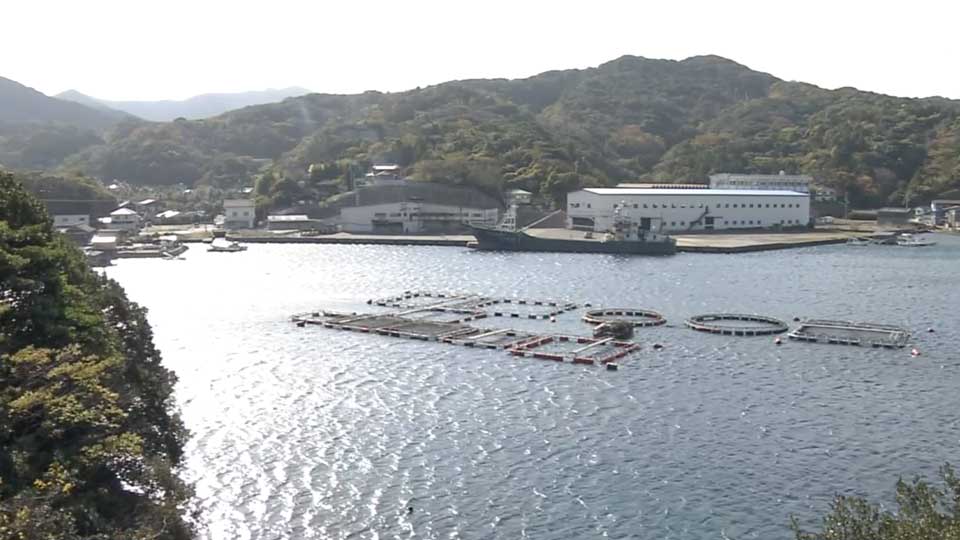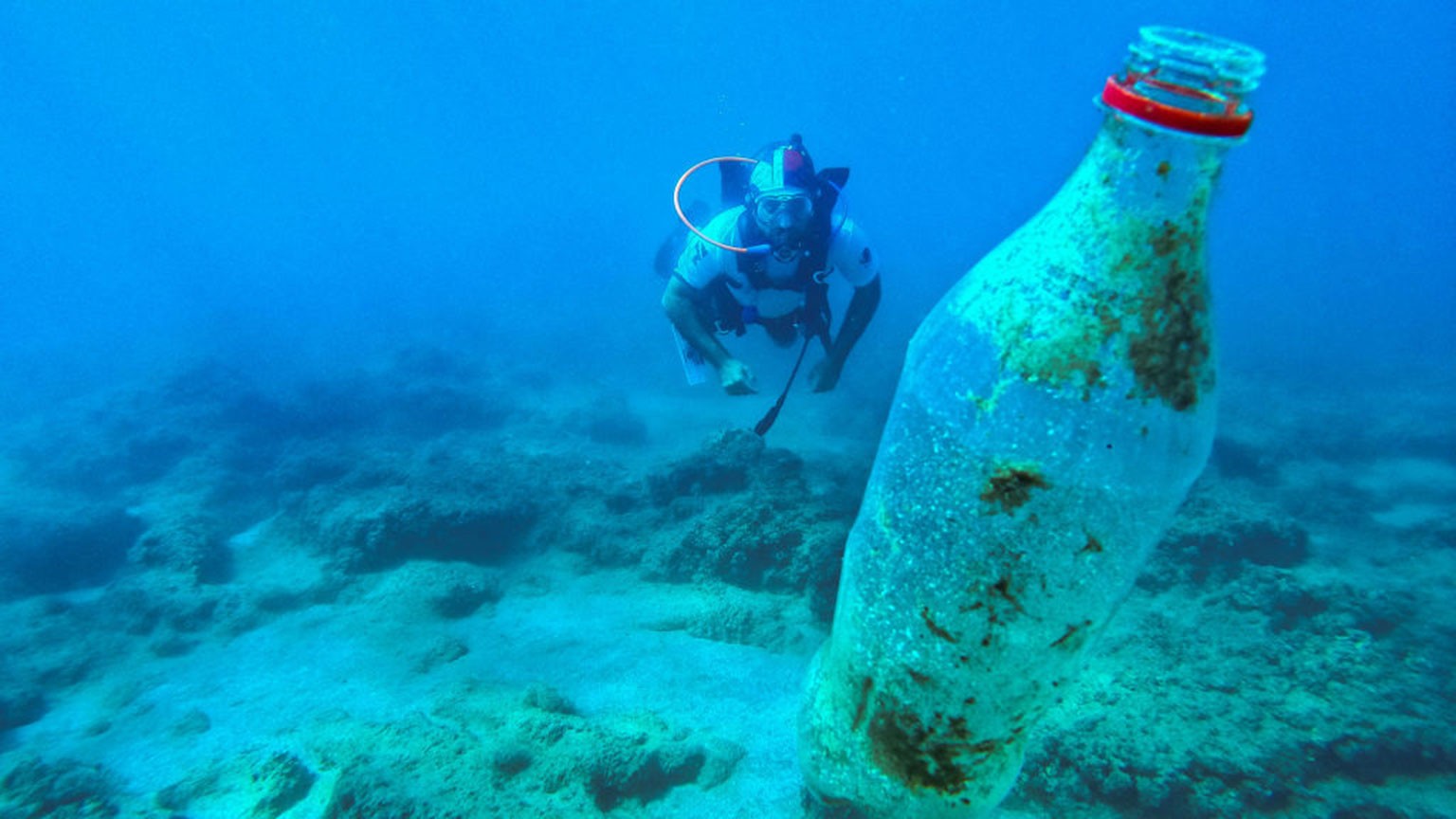The town of Ainan in Ehime Prefecture on the western coast of Shikoku Island has a thriving fishing industry. Sea bream and pearls are among the bounty provided by the local waters.
But the industry comes with some side-effects. A 2016 survey by Japan's environment ministry found that nearly two-thirds of the plastic that washes ashore is from the fishing industry. Nets and ropes alone accounted for more than 40 percent of plastic pollution on the nation's shores.
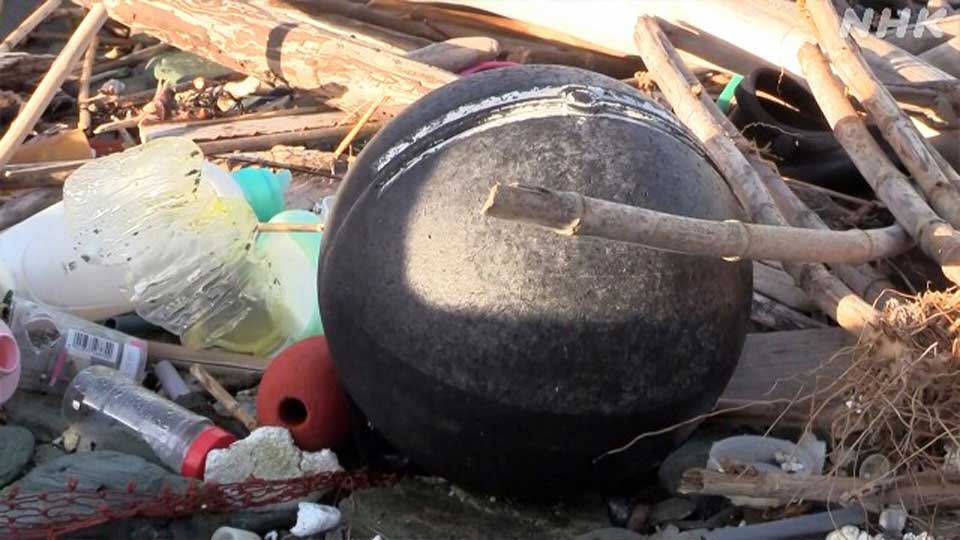
Tachibana Hiroki, head of the Ainan Fisheries Cooperative Association, says the fishing teams try hard to avoid throwing trash into the ocean, but nets can break during fishing or get ripped away by bad weather and inevitably wash up as litter.

Tough but degradable plastic
A team of researchers led by Ito Kozo of the University of Tokyo is trying to address the problem by developing plastics that break down naturally in the ocean. He has teamed up with experts and companies in marine-debris control.
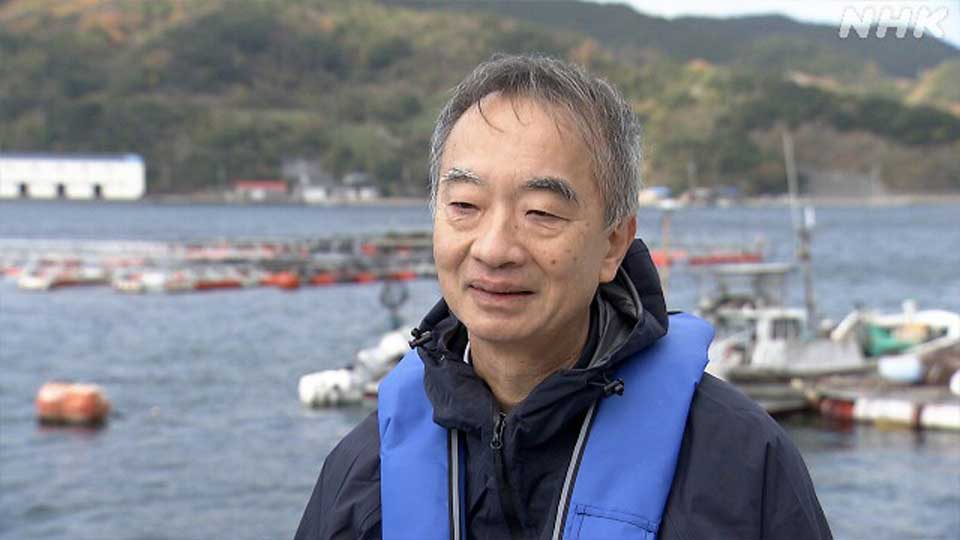
The idea is that the plastic will only degrade when exposed to just the right combination of elements such as light, heat and micro-organisms, so it remains strong when used for fishing but decomposes quickly when it becomes garbage in the sea. This could help reduce the amount of plastic waste in the ocean, lessening the incidence of sea creatures eating plastic or becoming entangled in it.
To achieve this, the team has created plastic that incorporates enzymes and other additives that will set off the decomposition process under certain conditions Since the raw materials are bio-derived, the plastic will eventually break down into water and carbon dioxide.
Plastics that break down in the ocean have been developed in the past, but they have not been durable enough to be used in fishing gear.
Fine-tuning the recipe
The researchers are still tweaking the components of their plastic to find the optimum levels, but they have been boosted by a recent test in which they submerged 1,000 samples of various formulations of their plastic in the ocean for six months.
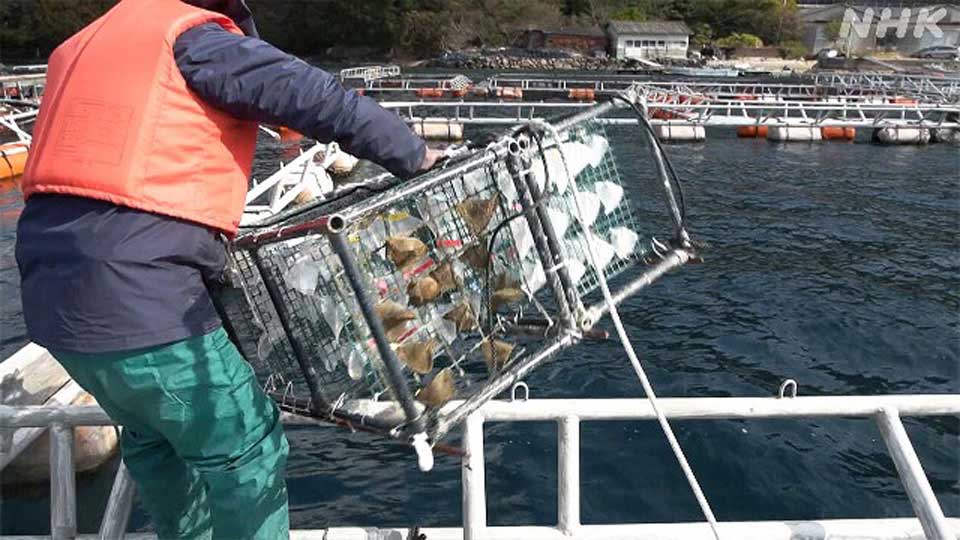
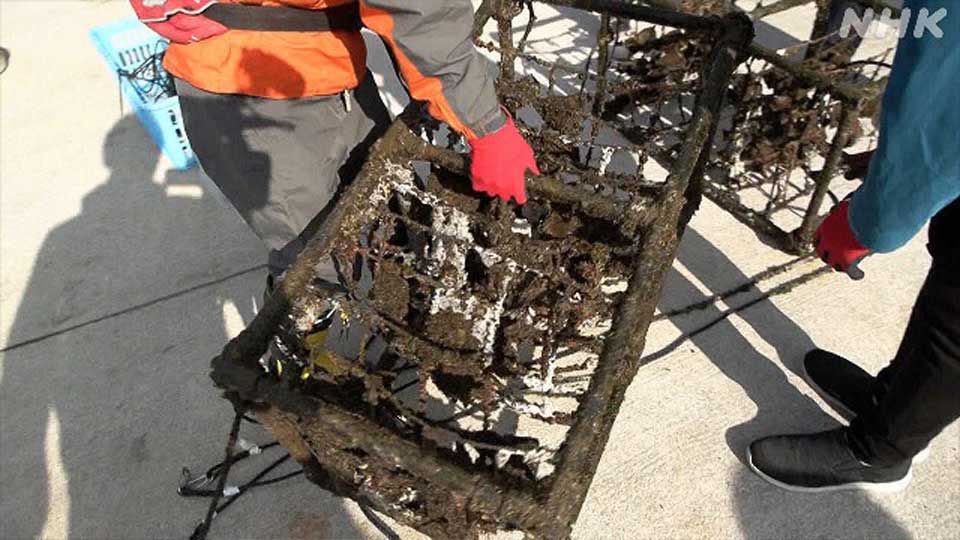
When they retrieved the plastics last December, they found that the material under development had degraded more rapidly than ordinary plastic.
"If you touch it, it cracks right away. So it seems to be working," said Ito.
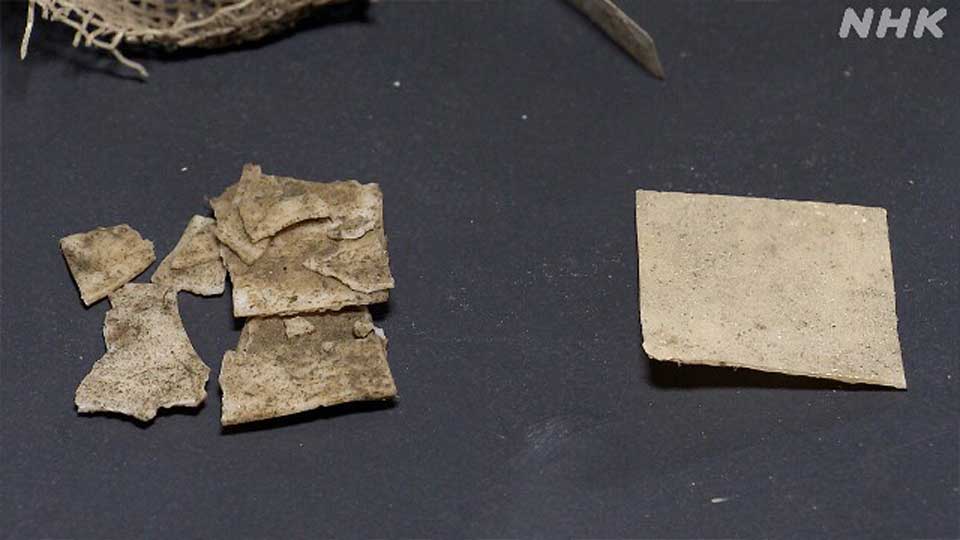
Government backing
The project has caught the attention of Japan's government, whose Moonshot Research and Development Program backs bold and challenging research.
The New Energy and Industrial Technology Development Organization that runs the project says demand for this kind of plastic is likely to grow.
Moonshot Director Yoshida Tomonaga described the plastic as a "unique" idea that is attracting widespread attention. "I believe this technology can be used worldwide," he says.
Japanese firms see big potential
Mitsubishi Chemical Corporation also sees great potential in the plastic and hopes to use it as a raw material for items such as plastic bags and sheets used in agriculture.
An official with the firm says, "As a company that manufactures plastics, we need to consider the environment, and it isn't easy for a company to tackle the challenge alone, but we can work with other firms and researchers to conduct research and development of a more focused kind."
The researchers say the new material can also be used in tires, which could also help reduce plastics in the sea. A 2018 report by the United Nations Environment Programme said that nearly half of the microplastics in the marine environment come from synthetic rubber tires wearing down on the road and getting washed into rivers and seas.
The researchers say they aim to produce a prototype tire using the new material by 2029.

The good side of plastic
"There are good and bad aspects of plastic," says Ito, "and we hope to do away with the bad with this project."
There it still a long road ahead before the material can be turned out cost-effectively for widespread practical application, but on the docks of Ainan there is optimism that it can help make the industry more eco-friendly. "This is something that is unimaginable today, but it would be truly wonderful if they could do it," said one member of the Ainan Fisheries Cooperative Association.
